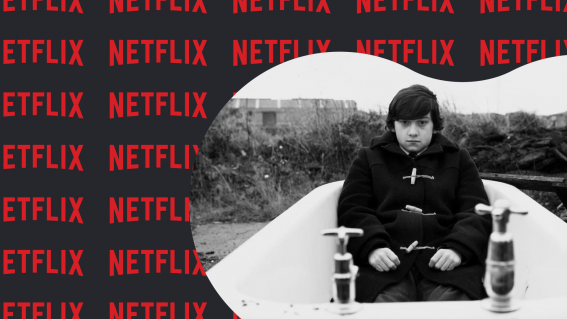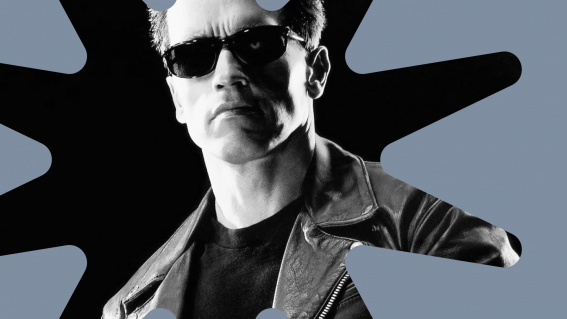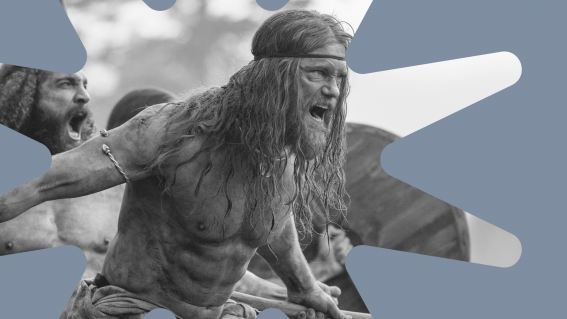Retrospective: Conan The Barbarian is still fantastically barbaric at age 40
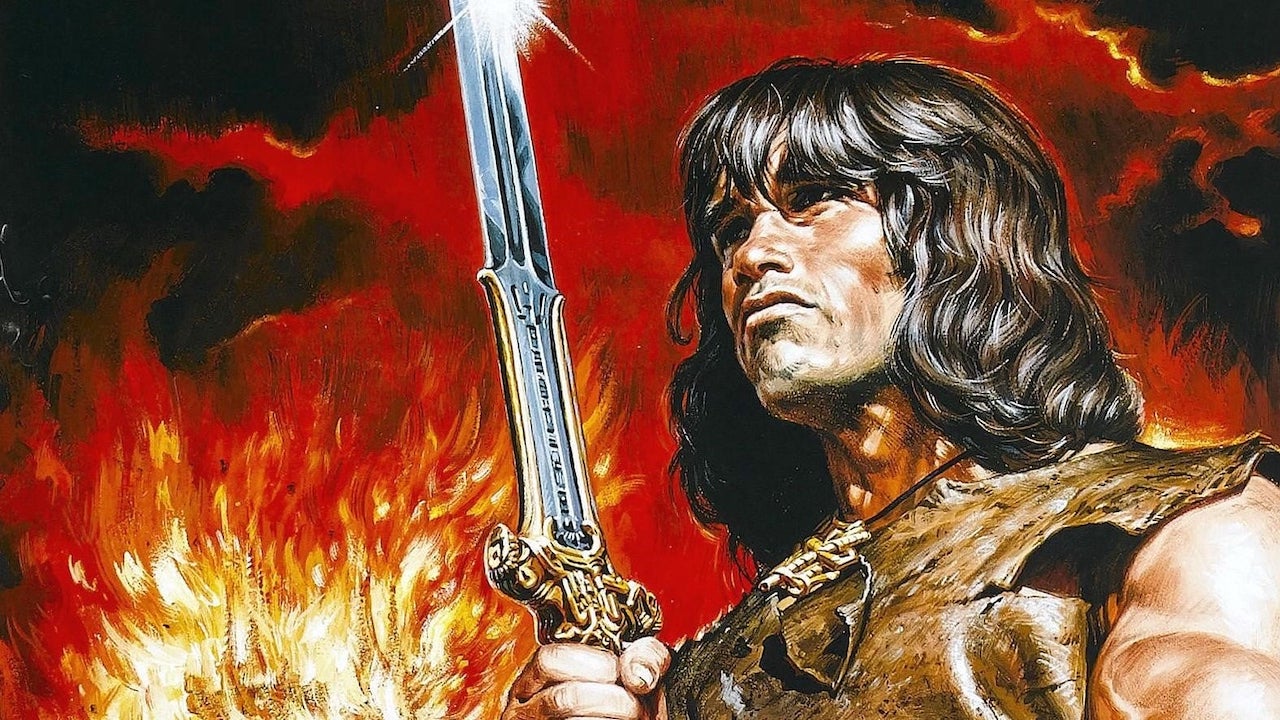
Comparing it to The Northman and other savage fantasies which it influenced, Travis Johnson hails Conan the Barbarian for giving Arnie his breakout role, and for its electrifying if problematic moments.
Conan the Barbarian (1982)
Right now Alexander Skarsgård is on a roaring rampage of revenge as Amleth in Robert Eggers’ The Northman, carving his way through Dark Ages Iceland to wreak terrible vengeance on the man who killed his father. If that sounds familiar, it’s because Eggers is drawing on a number of older narratives for his arthouse Viking epic, but chief among them is John Milius’ powerful, perverse, and problematic Conan the Barbarian, which celebrates its 40th anniversary this year.
Adapted from the stories by pulp legend Robert E. Howard and beaten into feature-length shape by Milius and co-writer Oliver Stone, Conan the Barbarian sees Arnold Schwarzenegger as the titular reaver, orphaned and sold into slavery when his village is sacked by the villainous warrior-priest Thulsa Doom (a magnetic James Earl Jones).
From there we follow him on his adventures as a gladiator and thief, finding comradeship with archer Subotai (Gerry Lopez, one of Milius’ surfing buddies) and love with warrior woman Valeria (dancer Sandahl Bergman, who was recommended by Bob Fosse) before finally taking his revenge—and Thulsa’s head—in the film’s Wagnerian climax.
Which all sounds pretty rote, but fantasy was an unloved screen genre in 1982, and if any single film can be said to have rehabilitated the genre’s reputation, it’s Conan the Barbarian. As Richard Donner had earlier grasped with 1978’s Superman and later filmmakers would apply to the entire superhero subgenre, the trick to mounting a genre work successfully is to take it seriously—keep the tongue far from the cheek and approach the matter earnestly.

Conan the Barbarian begins with a Nietzsche quote. Its most famous line, “crush your enemies, see them driven before you, and hear the lamentation of their women”, is a riff on a quote from Genghis Khan (and Subotai is named for one of his generals). Although set in Howard’s fictional Hyborian Age, Milius had production designer Ron Cobb draw on real Dark Ages cultures to inform the look and feel of the film.
What’s more, Milius, a would-be man’s man who never quite got over his asthma keeping him out of the Marines, poured all his notions about masculinity, machismo, and the importance of martial prowess into the film. For him, this was not to be some Saturday matinee B-movie, but a serious meditation on life, death, and myth.
And then there’s Schwarzenegger.
Although a champion bodybuilder, Schwarzenegger was relatively unknown outside those circles, but that would change when his appearance in the documentary Pumping Iron brought him to the attention of Conan producers Edward R. Pressman and Edward Summer. They had found their Conan: Schwarzenegger’s impressive physique and square, Teutonic features made him a perfect match for Howard’s Cimmerian slayer.

However, the Austrian muscleman’s poor English skills were a hurdle. Milius rehearsed extensively with Schwarzenegger to get him through the film’s dialogue and, when that didn’t work, ruthlessly cut his lines down to the bare minimum. This proved a stroke of genius—while Schwarzenegger still struggles with some emotional scenes, his physical performance is extraordinary, and Conan is unarguably his breakthrough role, leading directly to The Terminator and all that followed.
Conan the Barbarian is also a keystone film in the fantasy genre overall. It may not have started the early 80s craze for fantasy films, which was part of the post-Star Wars push into pulp, but it was certainly the most successful of the lot, and its critical reputation is in a better state than that of, say, Ridley Scott’s Legend or Don Coscarelli’s The Beastmaster. While not a direct influence on 21st century genre successes like Peter Jackson’s The Lord of the Rings, it proved that there was an audience for serious fantasy.

As a film it’s far from perfect. It moves in fits and starts, with haphazard pacing and the odd jarring note. Its sexual politics are, well, primitive—it’s hard to watch the scene where an enslaved Conan is “bred to the finest stock” without wincing. Its ambitions occasionally lie beyond its reach—a moment in the climax where the murdered Valeria is briefly resurrected as a Valkyrie is laughable. It doesn’t quite all hang together.
But there are elements in Conan the Barbarian that are unparalleled. This is a film that lives in moments: the attack on Conan’s village, where his father is torn apart by dogs; the “crush your enemies” scene, where we first hear Conan speak; Conan practicing his swordsmanship on a windswept steppe; all enveloped in Basil Poledouris’ stirring, stentorian, never-bettered score. When we watch Conan the Barbarian, this is what we’re here for, each moment as indelible as a Frank Frazetta painting.
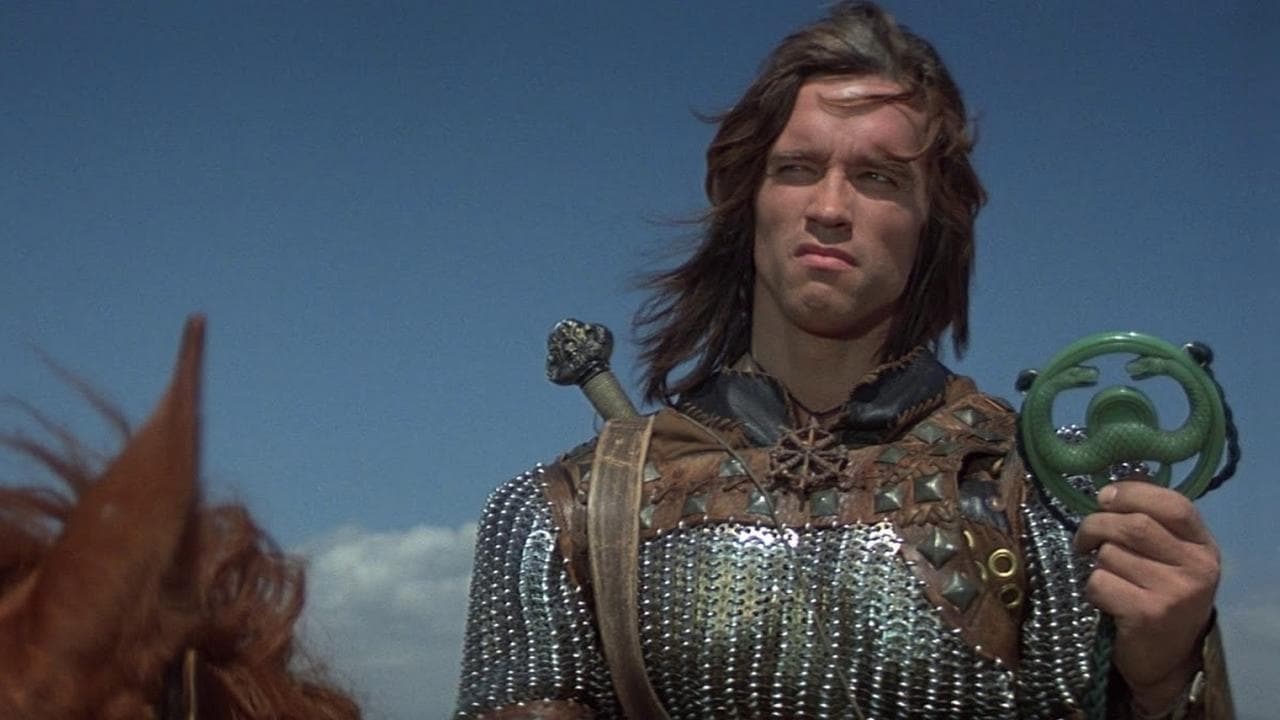
For all that, Conan the Barbarian proved to be lightning in a bottle. Although it’s one of his signature roles, Schwarzenegger only ever played him once more in 1984’s Conan the Destroyer, and repeated attempts to mount a Conan the King movie with him as an older version of the character have amounted to nought. A loose remake in 2011 starring Jason Momoa is largely dreadful, as is the short-lived TV series with Gladiator’s Ralf Möller in the role.
Currently plans are afoot for a Netflix series, but no news has arisen since the initial announcement. No, even now, four decades on, we must return to John Milius’ flawed but fantastic original. Let me tell you of the days of high adventure…







